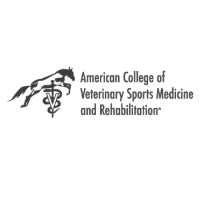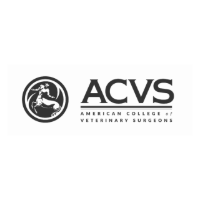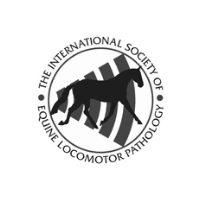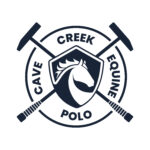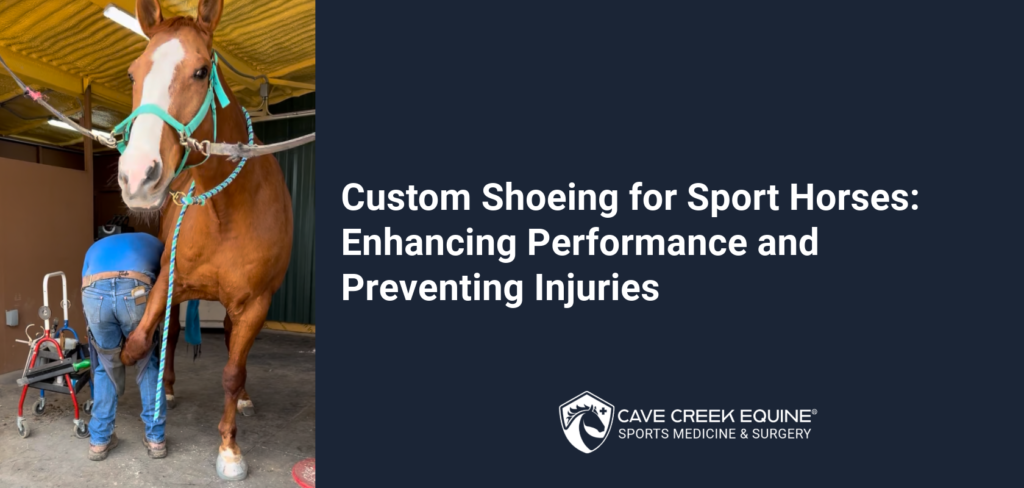
When it comes to equine athletes, every detail matters—from nutrition to conditioning and, importantly, hoof care. Proper shoeing is a critical component in maintaining a sport horse’s soundness, optimizing performance, and preventing injuries. Whether your horse competes in show jumping, dressage, eventing, or racing, the right shoeing strategy can make a significant difference.
Why Sport Horses Need Shoes
Sport horses place immense stress on their hooves due to the high-impact nature of their disciplines. Unlike recreational or pasture horses, equine athletes require additional support to manage concussion forces, maintain traction, and correct potential hoof imbalances. Key reasons sport horses need shoes include:
- Protection from Excessive Wear: Constant training on different surfaces can wear down hooves faster than they naturally grow.
- Shock Absorption: Specialized shoes help reduce the impact on joints, tendons, and ligaments.
- Improved Traction: Performance horses need secure footing to execute precise movements and avoid slipping.
- Corrective Support: Shoes can be customized to address conformational issues, uneven hoof growth, or previous injuries.
Types of Shoeing for Sport Horses
Not all sport horses require the same type of shoes. Farriers customize shoeing strategies based on the discipline, hoof health, and individual biomechanics of each horse. Common types include:
- Steel vs. Aluminum Shoes: Steel provides durability, while aluminum is lighter (although less durable) and often used in disciplines like racing.
- Bar Shoes: Used for horses needing extra heel support, common in disciplines requiring tight turns and powerful push-off, or for therapeutic reasons.
- Studded Shoes: Offer additional traction for eventing and jumping horses competing on variable surfaces.
- Pads and Wedges: Help relieve pressure on sensitive hooves and correct hoof angles.
How Custom Shoeing Prevents Injuries
Proper shoeing is essential for reducing the risk of injuries in sport horses. A well-balanced trim and correctly fitted shoes can:
- Prevent Strains and Sprains: Uneven hoof angles can lead to excessive stress on tendons and ligaments.
- Reduce the Risk of Bruising and Abscesses: Protective shoes and pads can shield hooves from hard or rocky surfaces.
- Support Recovery from Previous Injuries: Therapeutic shoeing can aid in rehabilitation from orthopedic injuries or even higher in the limb.
Working with Your Farrier and Veterinarian
Collaboration between your farrier and veterinarian is crucial for maintaining optimal hoof health. Regular check-ups ensure that your horse’s shoeing remains aligned with its evolving needs. Key considerations include:
- Monitoring Hoof Growth and Wear Patterns
- Assessing Changes in Movement or Soundness
- Adjusting Shoeing Techniques Based on Workload and Competition Schedule
Farriers, working together with a veterinarian, regularly use hoof radiographs for precise, custom shoe fitting.
Dr. Lea Walker, a sports medicine and rehabilitation specialist at Cave Creek Equine™ Sports Medicine & Surgery, explains the benefits of hoof radiographs: “Radiographs help assess bone alignment in the lower limb, sole depth, and medial/lateral balance. This objective information guides veterinarians and farriers in making informed decisions about the best type of support for each horse. By working together with accurate data, both professionals can provide the best possible care and outcomes for the horse.”
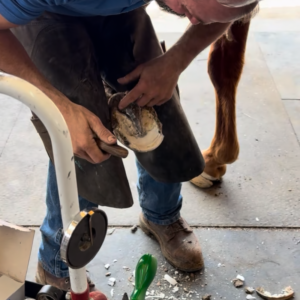
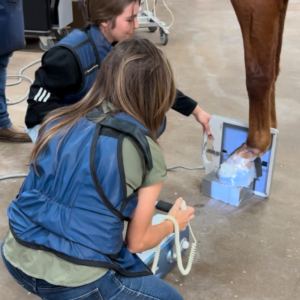
Custom Shoeing is an Investment in Your Sport Horse’s Health and Longevity
By ensuring proper hoof protection, shock absorption, and corrective support, the right shoeing approach enhances performance while minimizing the risk of injury.
The Cave Creek Equine™ Veterinarian/Farrier Team will work with you to develop a tailored shoeing plan that keeps your equine athlete performing at its best.
623-581-5508
Share:

